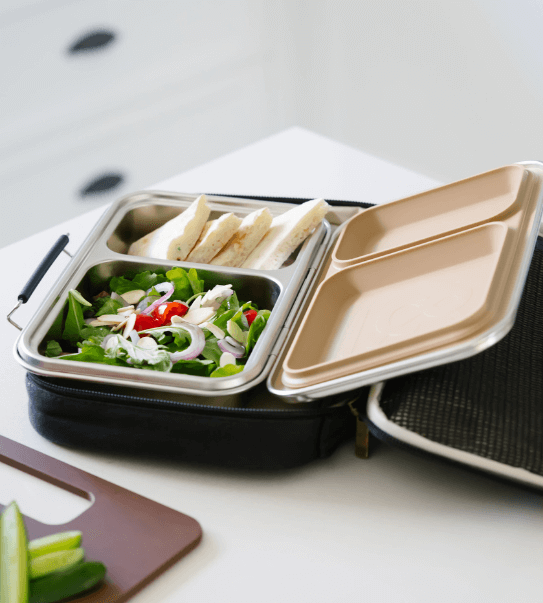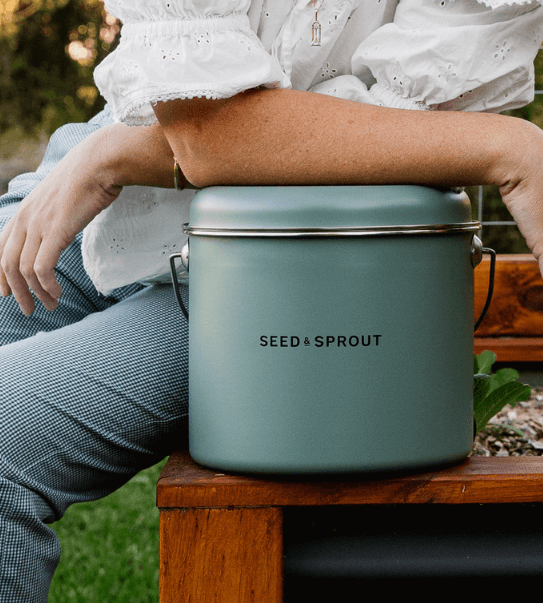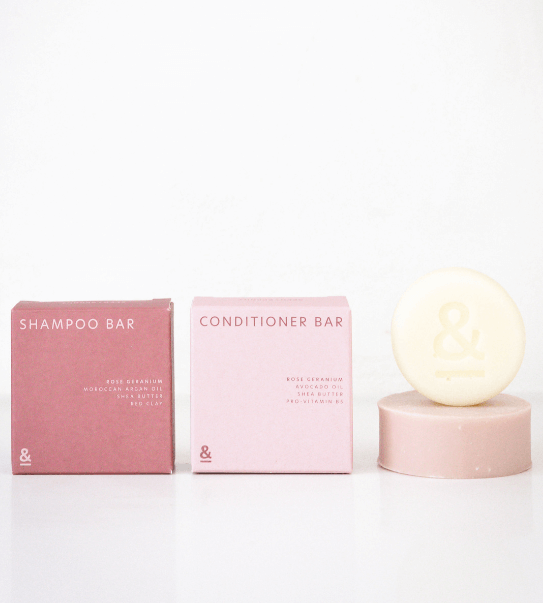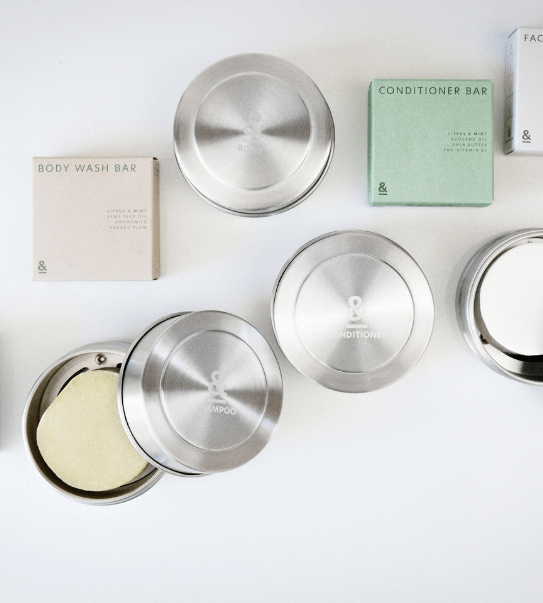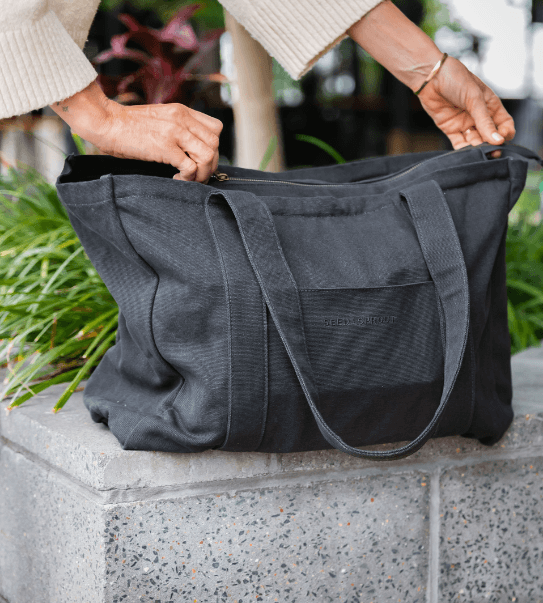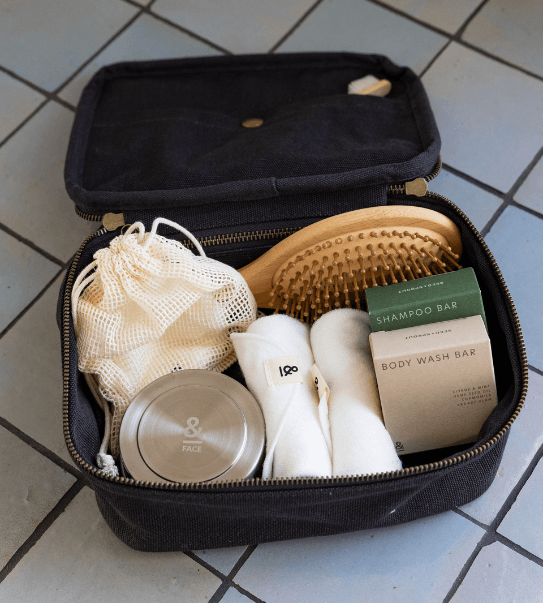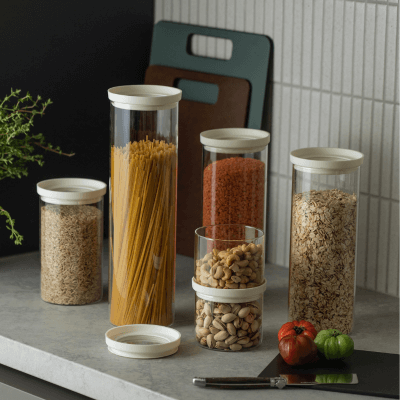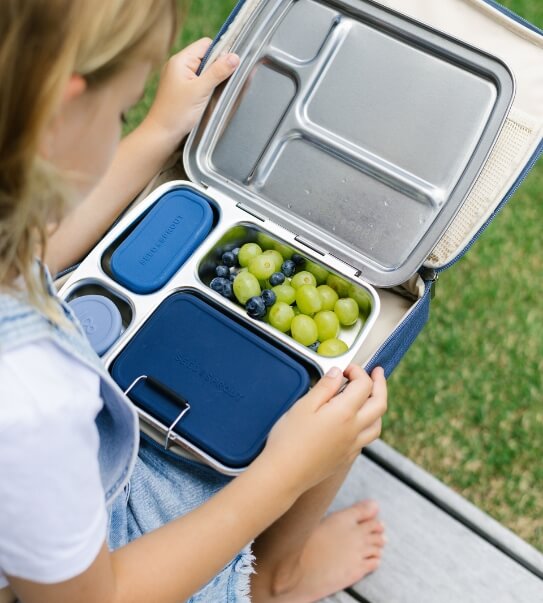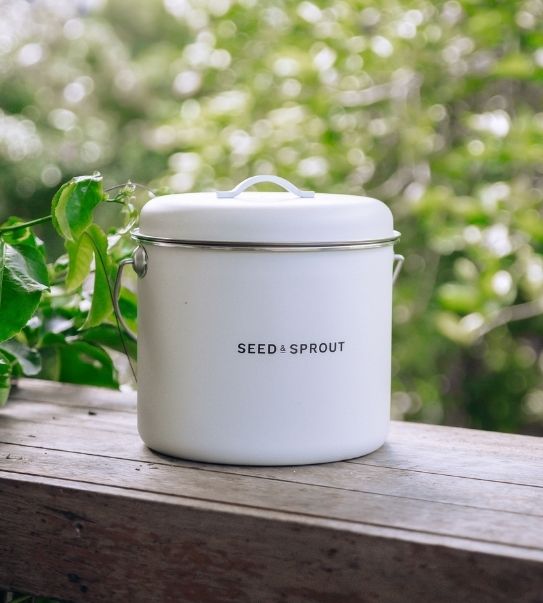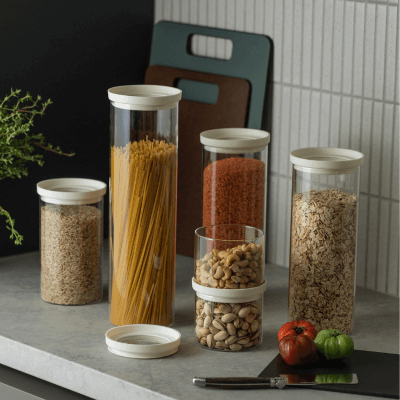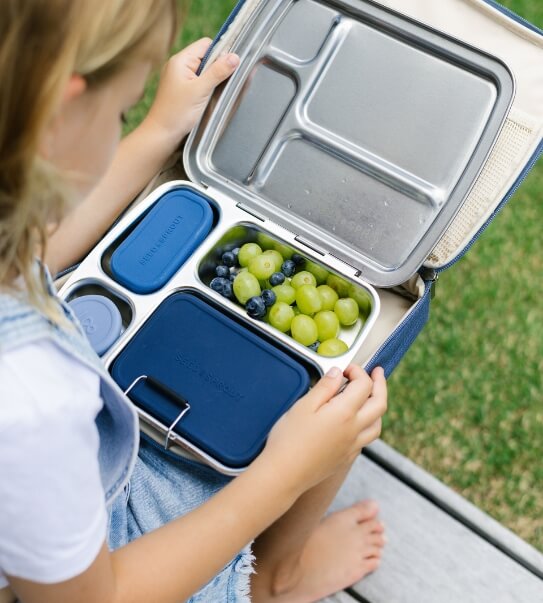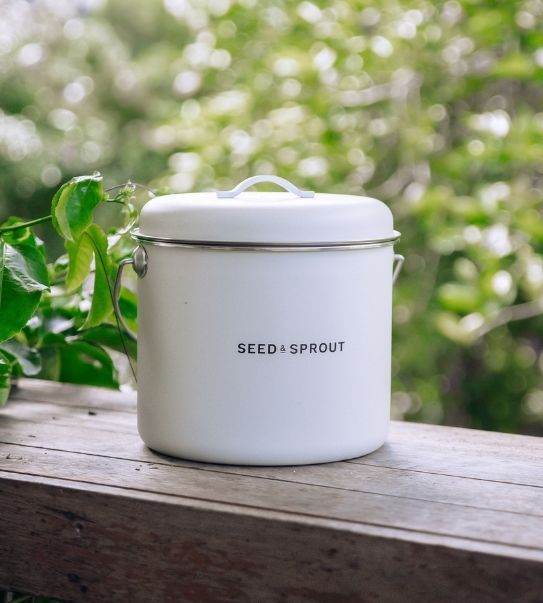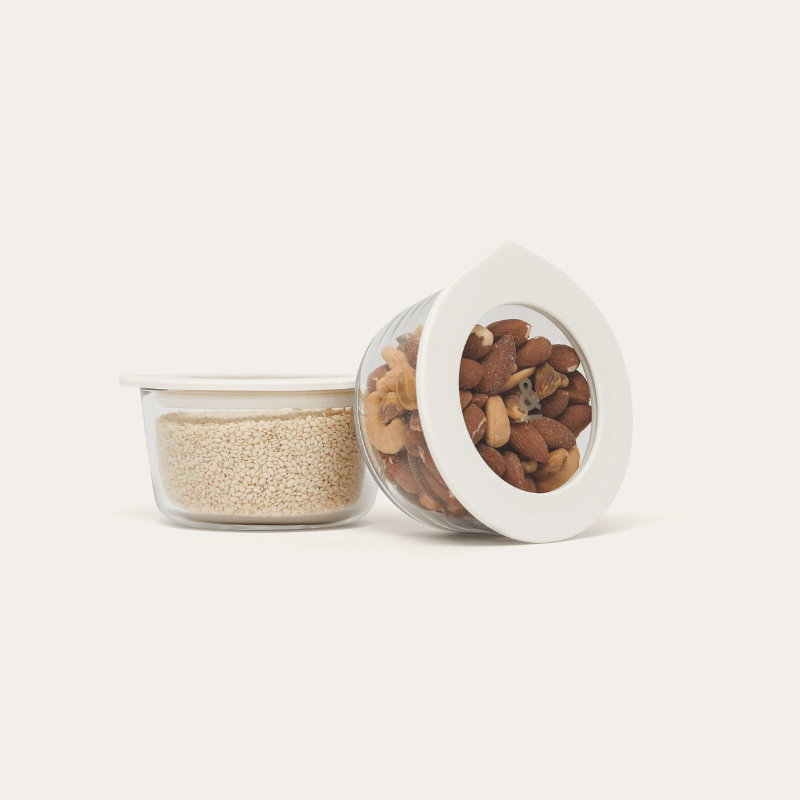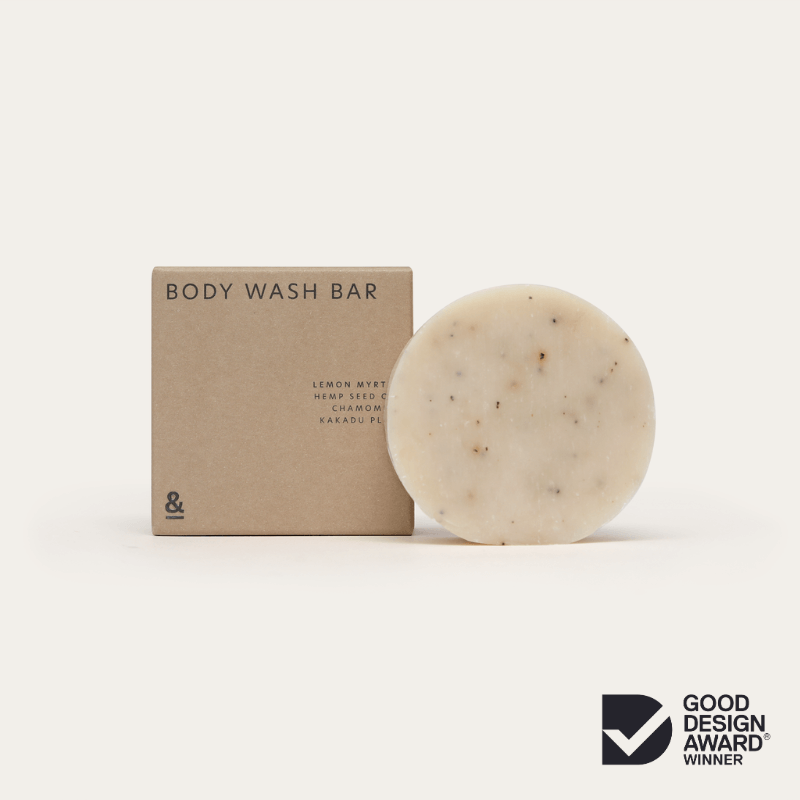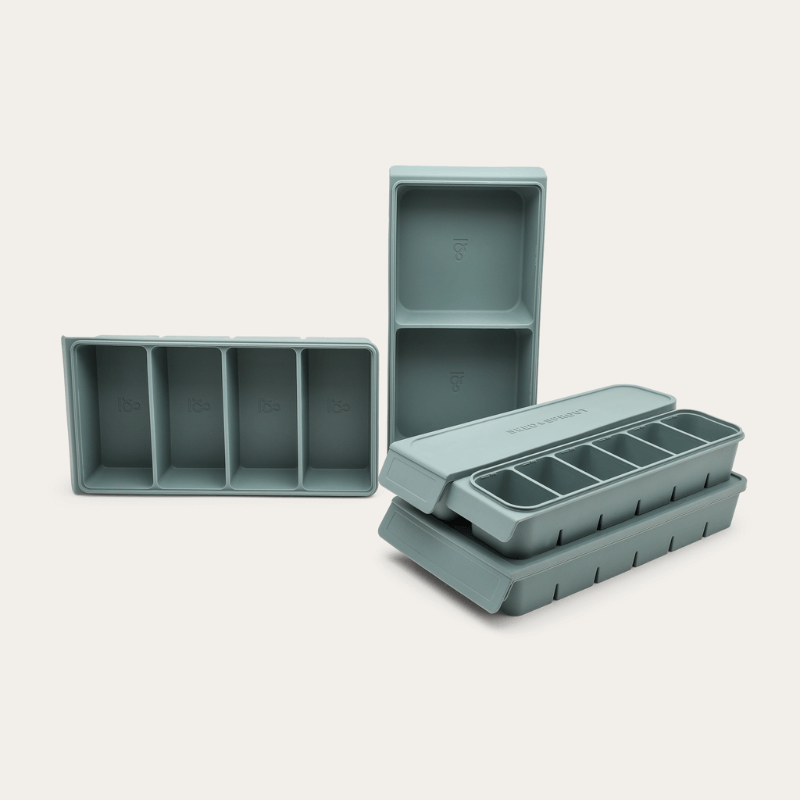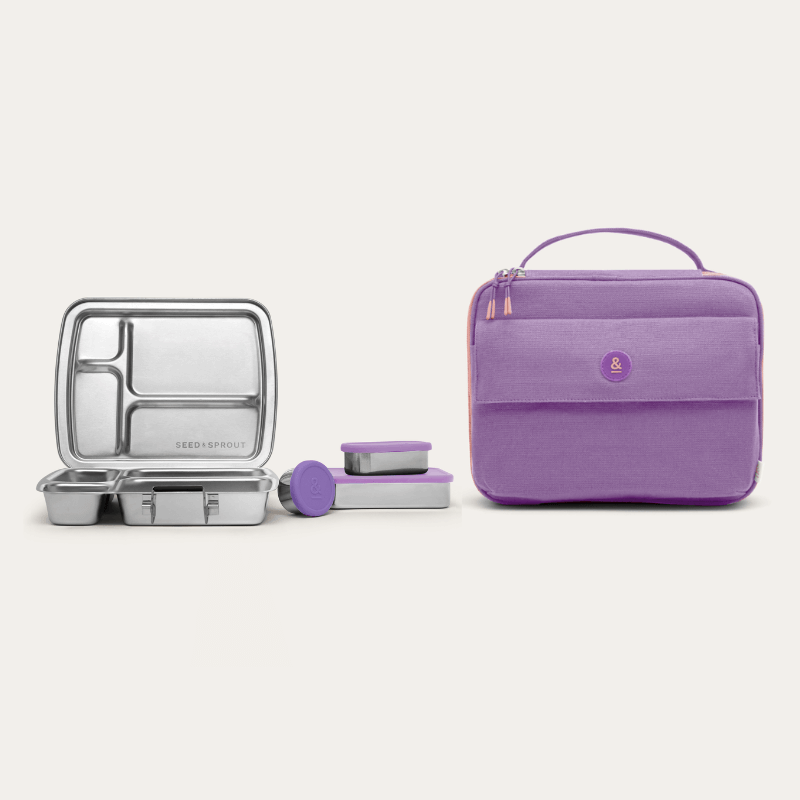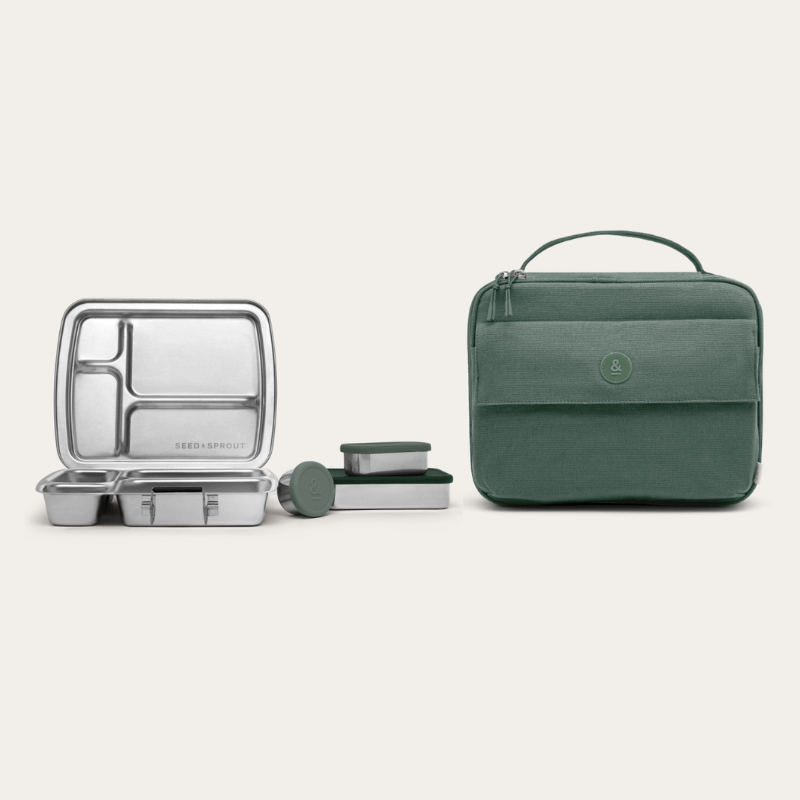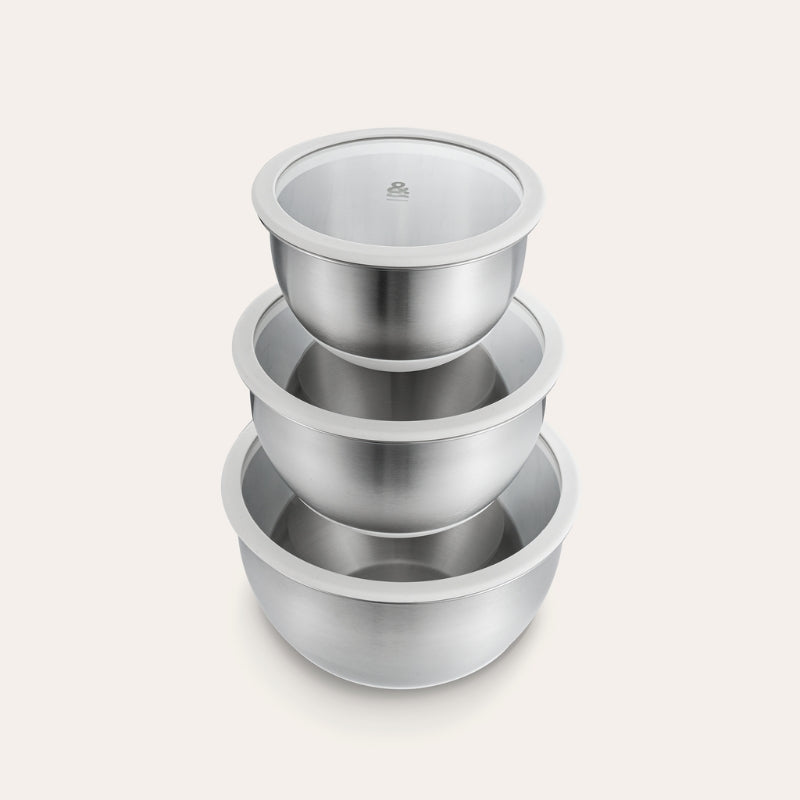What Are Forever Chemicals & How to Limit Your Exposure
In today's world, we are surrounded by substances that we can't easily escape from, but one group of chemicals has earned a particularly unsettling nickname: "forever chemicals." These chemicals, known scientifically as per- and polyfluoroalkyl substances (PFAS), are synthetic compounds that have been used in various industries for their water and grease resistant properties. Unfortunately, they don't break down easily in the environment or in our bodies, leading to concerns about long-term exposure.
As a team, we've been discussing forever chemicals as more studies, debates and media coverage emerges. We figured that if we're having these conversations, you might also be looking for some resources to learn more. Here, we’ll take a closer look at what forever chemicals are and how they can impact your health. We’ll also cover practical ways to limit exposure to these harmful substances.
NOTE: It's time to be transparent...we're dedicated to minimising harmful chemicals in our products. While we always strive to offer sustainable, eco-friendly options, we understand that certain materials, like forever plastics live up to their name and are nearly impossible to completely eliminate.
What Are Forever Chemicals?
Forever Chemicals refer to a class of synthetic chemicals, most notably PFAS, that are widely used in products to make them resistant to water, stains, and heat...think of your plastic containers for example. While they’re durable and effective for their intended purposes, their presence in the environment and the human body has raised significant health concerns.
These 15,000+ synthetic chemicals can be found in many everyday items such as non-stick cookware, water-repellent clothing, food packaging, and even firefighting foam. Due to their inability to breakdown, PFAS have earned the nickname "forever chemicals." They can accumulate in both humans and wildlife, leading to long-term environmental and health impacts.
TRIGGER WARNING: research has linked PFAS exposure to various health issues, including liver damage, developmental harm to babies, and an increased risk of cancer. This makes limiting exposure crucial.
Top 5 Ways to Limit Exposure to Forever Chemicals
1. Water
Drinking water is a major source of PFAS exposure, as these chemicals can leach into groundwater from industrial processes, firefighting foam, and certain consumer products. Research has shown that many water supplies contain levels of PFAS above the recommended safety limits. The Australian government, for instance, has set guidelines for PFAS levels in drinking water, with studies showing elevated levels in certain regions.
How to limit exposure:
- Install a PFAS water filter: many high-quality water filters are designed to reduce PFAS in tap water. Look for systems that use activated carbon or reverse osmosis, which are effective in removing these chemicals.
-
Check your local water reports: stay informed about your area's water quality. Websites like the Health.gov.au provide valuable information on PFAS levels in Australia, while global resources like UNSW’s report on PFAS give insight into broader concerns.
2. Food
Certain food packaging, such as fast-food wrappers and microwave popcorn bags, may contain PFAS, leading to contamination. Research indicates that foods such as fish, dairy, and meat may accumulate PFAS due to contaminated water sources and animal feed.
How to limit exposure:
- Avoid processed foods: where possible, reduce consumption of takeout or packaged foods that may contain PFAS-treated wrappers.
- Choose organic: organic foods are less likely to contain PFAS residues as they are typically grown without the use of pesticides or synthetic chemicals.
3. Cookware
Non-stick cookware is a common source of PFAS exposure, as many non-stick pans are coated with substances that contain these chemicals. Over time, these coatings can break down, releasing PFAS into your food.
How to limit exposure:
- Opt for alternative cookware: choose stainless steel, cast iron, or ceramic cookware, which do not contain PFAS. More and more alternatives are becoming available.
- Check for labels: if you need to use non-stick cookware, look for products that are free from PFAS. Brands now offer alternatives that are labelled as PFAS-free.
4. Cooking Accessories
Many cooking accessories, such as baking mats, microwave containers, and some utensils, can be made with PFAS-treated materials to prevent food from sticking or to make them water-resistant.
How to limit exposure:
- Use natural materials: switch to stainless steel, glass, or wood utensils and accessories. Silicone provides another alternative - always opt for LFBG certified products.
- Check labels: before purchasing, check for any claims regarding the absence of PFAS. Research and opt for eco-friendly options that do not contain harmful chemicals.
5. Containers
Food containers, particularly those used for storing leftovers, can also be a source of PFAS. Certain plastic containers, especially those with stain-resistant coatings, may contain these chemicals.
How to limit exposure:
- Switch to glass or stainless steel: these materials are more durable, environmentally friendly, and free from PFAS. They offer an excellent alternative and help preserve the quality of food without leaching harmful chemicals.
- Avoid plastic containers with non-stick or stain-resistant properties: if you are unsure about the content of your plastic containers, it’s safer to switch to alternatives made of natural materials.
- Eliminate use of bottled water: a simple switch to make. Go for a reusable water bottle instead that's plastic free.
While forever chemicals like PFAS are pervasive and hard to avoid entirely, there are practical steps you can take to limit your exposure. By making informed choices regarding water, food, cookware, cooking accessories, and containers, you can significantly reduce your contact with these harmful substances.
For more information, check out the following resources:
- Health.gov.au on PFAS
- UNSW research on PFAS levels in drinking water
- Australian Government PFAS Taskforce
- Food and Drug Administration (FDA): Per- and Polyfluoroalkyl Substances (PFAS)
- PFASfree
Being proactive about the products you use and the food you consume can make a significant difference in reducing long-term health risks associated with PFAS exposure.





